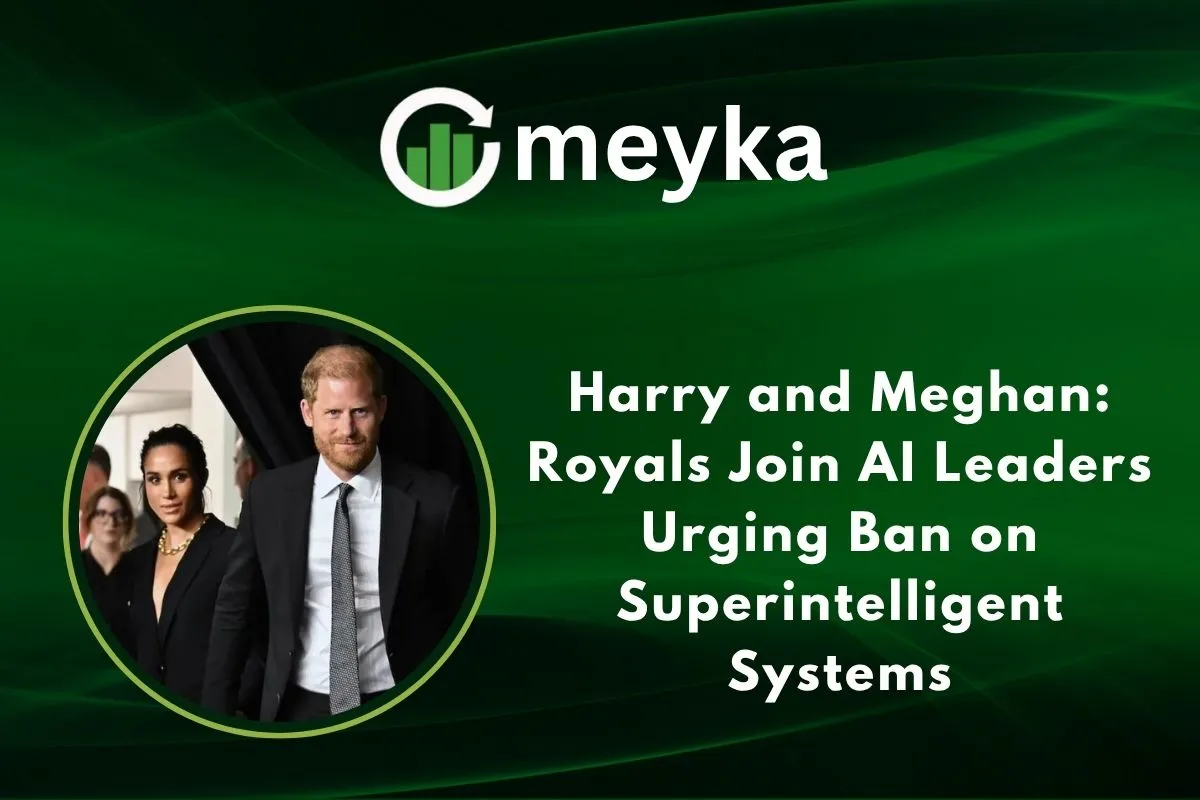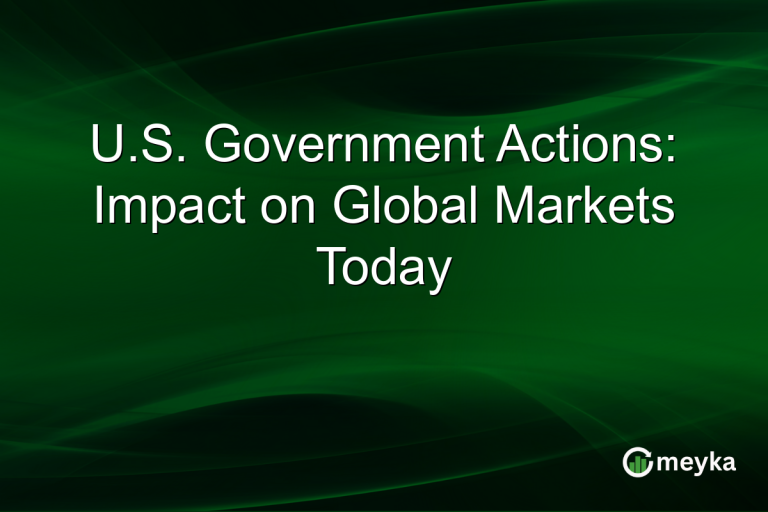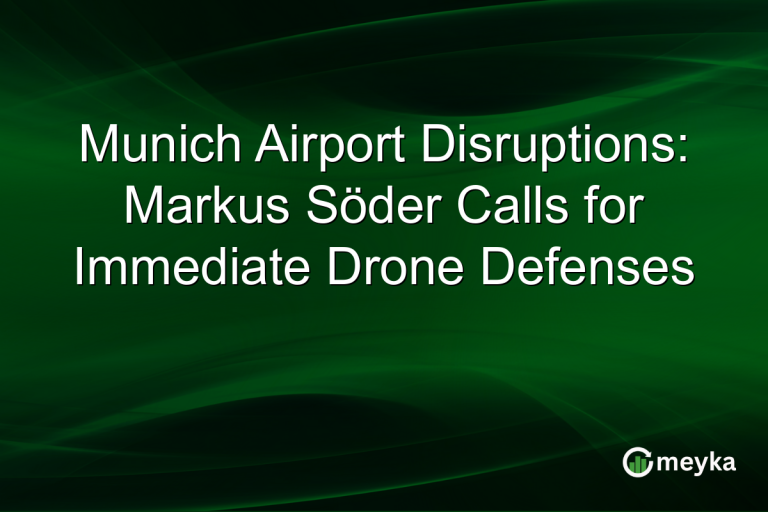Harry and Meghan: Royals Join AI Leaders Urging Ban on Superintelligent Systems
We’re living through a moment when technology and ethics intersect in powerful ways. Prince Harry and Meghan Markle have become part of a major global call, urging restraint in how we build artificial intelligence. They recently joined a wide-ranging group of scientists, tech leaders, artists, and public figures who are demanding a ban on the development of so-called “superintelligent” AI systems.
The coalition’s message is clear: we should pause moving toward machines that could outperform humans in almost every cognitive task, until we are absolutely sure those machines are safe, controllable, and broadly accepted by the public.
We’ll explore what “superintelligent” AI really means, why this call matters now, how Harry and Meghan are involved, who else has signed on, and what this could mean for technology, policy, and society. We’ll also look at the counter-arguments and ask what comes next. Because this is an issue that affects all of us, not just tech folks.
What is “Superintelligent” AI, and Why Is This Moment Different?
When we talk about superintelligent AI, we mean systems that could outthink humans in almost every field, not just one or two tasks, but across the board: reasoning, creativity, planning, and learning. According to the statement signed by Harry and Meghan, superintelligence would be “AI systems … that significantly outperform all humans on essentially all cognitive tasks.”
By contrast, most of the AI we use today is “narrow AI” or task-specific: image recognition, translation, chatbots. But the leap to superintelligence (sometimes also called “AGI”, artificial general intelligence) is different. It raises existential risks, not just incremental ones.
What makes this moment unusual is the breadth of voices. It’s no longer just AI researchers warning about risks. With Harry and Meghan teaming up with Nobel laureates, tech pioneers, entertainers, and political figures, the discussion has moved into the mainstream.
Harry and Meghan’s Role in the Call
The involvement of Harry and Meghan brings a new dimension. Prince Harry commented: “The future of AI should serve humanity, not replace it. I believe the true test of progress will be not how fast we move, but how wisely we steer. There is no second chance.”
Meghan Markle, already known for her interest in digital ethics and mental-health issues, added her voice to this campaign. Together, they lend their public profile and broad audience to what might otherwise be a niche technical debate.
Their role is significant because it helps shift the story from lab whiteboards and boardrooms into living rooms around the world. When public figures like Harry and Meghan speak on AI safety, more people pay attention. It helps turn a technical specialty issue into a global social conversation.
Who Signed On, And Why the Coalition Matters
The open letter was organized by the Future of Life Institute (FLI). It has been signed by more than 800 public figures from diverse areas: from Nobel laureates like Geoffrey Hinton and Yoshua Bengio, to tech founders like Steve Wozniak and Richard Branson, entertainers like Stephen Fry, and even conservative commentators like Steve Bannon.
What makes this coalition powerful is its ideological and professional diversity. It shows that concern about advanced AI isn’t confined to one side of politics or one sector of society. It is a cross-cutting issue. That helps the message resonate more widely and puts more pressure on governments and companies to take the risks seriously.
What the Statement Calls For, And Why
At the heart of the letter is this call:
“We call for a prohibition on the development of superintelligence, not lifted before there is a broad scientific consensus that it will be done safely and controllably, and strong public buy-in.”
In plain words: halt the race toward machines that might outthink us, until we know they are safe and society supports them.
Why do they call for a ban or pause? Their statement lists a range of possible harms:
- Job loss and economic disruption if machines can do everything humans do.
- Loss of civil liberties or human control when powerful systems decide for us rather than work for us.
- National security risks, especially if one country gets a superintelligence first.
- Even the possibility, however remote, of human extinction if a superintelligent system evolves beyond our control.
Important nuance: This is not a ban on all AI. The authors emphasize that beneficial AI is still welcome; the concern is specifically about the leap to superintelligence before safeguards are in place.
Implications for Technology, Policy, and Public Debate
For the tech industry
The public pressure coming from this coalition may push major AI labs to be more transparent, slow down capability development, or invest more heavily in safety measures. If enough companies respond, the race dynamic might shift.
For policymakers
This letter may act as a catalyst for stronger regulation of AI. Governments may be compelled to define what “superintelligence” means, how to test AI systems for safety, and how to enforce international agreements. But that poses huge challenges: AI development is global, fast-moving, and often opaque.
For the public
More people are now invited into the debate. We have to ask: Who builds these machines? Who controls them? What kind of society do we want when machines might think faster than us? The involvement of Harry and Meghan helps make those questions accessible.
Critiques, Challenges, and Counter-Arguments
Of course, this call is not without pushback. A few of the main counterpoints:
- Some experts argue that superintelligence is still far off and speculative, so regulating it now could distract from pressing, real-world AI harms (bias, unfairness, privacy).
- Others say that a ban or overly rigid regulation might stifle innovation, slow beneficial AI breakthroughs (in medicine, environment, economy).
- Defining “superintelligence” is tricky: When is an AI system truly superintelligent? Who decides?
- Enforcing a ban globally is difficult: If one country or company goes ahead, it may create a competitive disadvantage for others.
- Some worry celebrity involvement (like Harry and Meghan) raises awareness but also carries the risk of oversimplification. The technical issues remain complex and nuanced.
Conclusion
We find ourselves at a crossroads. The involvement of Harry and Meghan in this campaign reflects a shift; the debate about powerful AI is no longer just for computer scientists and engineers. It now touches culture, society, and our shared human future.
Whether this moment becomes a turning point depends on follow-through. It’s one thing to sign a statement; it’s another to build safety frameworks, to implement policy, and to enforce regulation across borders.As we move ahead, we must ask ourselves: Do we want technologies that serve our values and human flourishing? Or do we risk building systems that outpace us before we know how to steer them? There may indeed be no second chance for getting this right.
Disclaimer:
The content shared by Meyka AI PTY LTD is solely for research and informational purposes. Meyka is not a financial advisory service, and the information provided should not be considered investment or trading advice.”






